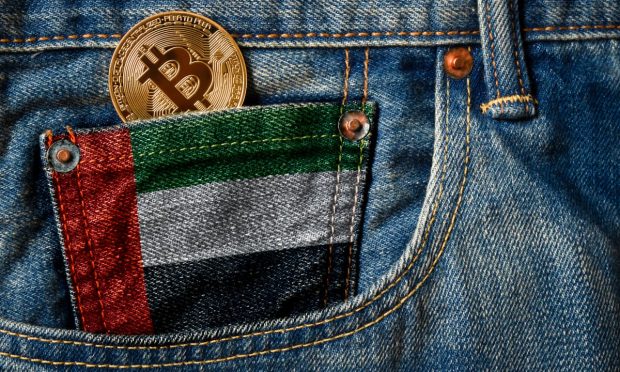Abu Dhabi, Dubai Shine as Crypto Adoption Continues to Accelerate in MENA

Home to two of the largest financial centers in the Gulf region — the Abu Dhabi Global Market (ADGM) and the Dubai International Financial Center (DIFC) — the United Arab Emirates (UAE) is also emerging as a leading crypto hub in the Middle East.
Both free trade zones benefit from liberal tax laws and dedicated commercial courts that operate independently of the emirate and federal systems, with each emirate’s regulator — the Dubai Financial Services Authority (DFSA) and the Financial Services Regulatory Authority (FSRA) of the ADGM — tasked with overseeing their respective financial services sectors.
Unlike lawmakers in Europe who have been beset by delays in their attempts to regulate the crypto industry, the UAE’s independent regulators have been able to move relatively quickly and create friendly regulatory conditions for the world’s crypto companies, while erecting the legal scaffolding for trade and investment in digital assets.
See more: Report: European Parliament Delays Vote on MiCA
Establishing an early lead as a global destination for crypto businesses, the ADGM was one of the first jurisdictions in the world to introduce a bespoke regulatory framework for virtual asset activities in 2018. The framework defines the scope and responsibility of the FSRA’s oversight with regard to various classes of digital assets.
Following on the heels of ADGM, the DFSA last fall laid out rules that govern how crypto assets are issued. Shortly after, in March, the Dubai Virtual Assets Regulatory Authority (DVRA) was created to supervise the city’s burgeoning crypto sector.
Read on: Dubai Introduces Virtual Asset Regs, Establishes Regulator
With a regulatory environment designed to support a diverse FinTech scene that includes crypto brokers, trading platforms and blockchain innovators, both the ADGM and the DFSA have attracted some of the world’s crypto heavyweights to the UAE.
In April, Kraken became the first cryptocurrency exchange to receive a license to operate as a financial services company in the ADGM. A few months later, Dubai’s DVRA handed out various licenses to Binance, Crypto.com and FTX.
Meanwhile, Abu Dhabi is increasingly known as a key gateway connecting the cryptosphere and the UAE’s traditional financial sector. Companies like Matrix, SEBA bank and Venomex that provide retail and institutional investors with access to crypto markets have all been licensed by the FSRA and have used the ADGM as a springboard to launch nation- and region-wide operations.
Regional Growth and the Wider Crypto Economy
Aside from the trading platforms and custodians that are the backbone of the crypto economy, various other blockchain, Web3, non-fungible token (NFT) and decentralized finance (DeFi) projects have also begun to establish a presence in the UAE, not to mention a burgeoning hive of metaverse activity in Dubai.
Learn more: Dubai Ramps Up Efforts to Become Global Metaverse Capital
This month, the city’s crypto ecosystem saw the launch of a new crypto token regime, which has extended the permissions many regulated entities have already been granted by the DFSA to the realm of digital assets.
As a result, authorized firms within the DFSA can now provide a range of crypto-related products and services, including advising, dealing, arranging, trading and custody, without needing to apply for additional licenses.
Beyond the UAE, other countries in the Middle East and North Africa (MENA) region have also witnessed skyrocketing crypto adoption in recent months.
In fact, a recent report by blockchain researcher Chainalysis found that the MENA region is currently the world’s fastest-growing crypto market, with the volume of crypto received by users in that part of the world hitting $566 billion in June 2022, a 48% increase from June 2021.
Learn more: Chainalysis: MENA Is World’s Fastest-Growing Crypto Market
“MENA is […] home to three of the top thirty countries in this year’s index: Turkey (12), Egypt (14), and Morocco (24),” the company said in an October blog post. “Use cases around savings preservation and remittance payments, as well as increasingly permissive crypto regulations, help explain why.”
For all PYMNTS Cryptocurrency and EMEA coverage, subscribe to the daily Cryptocurrency and EMEA Newsletters.